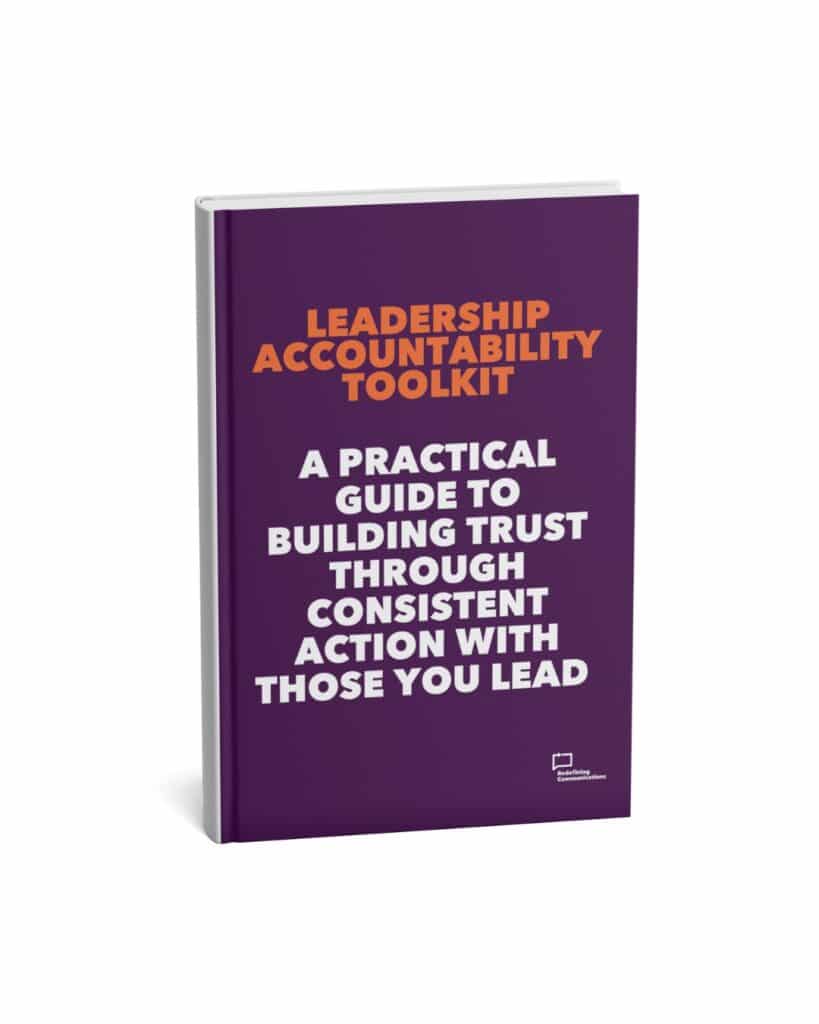The phrase “Hybrid working” isn’t new but it’s being used more and more. Most of us will understand it to mean a blend of working from home and the office, with greater flexibility than we had pre-Covid. It sounds reasonable enough, but what are the realities of this new way of working? What do leaders really think about the return to the office? What can communicators plan for?
Management Today partnered with Hays to survey 280 leaders and senior decision-makers in UK based companies about the effects of hybrid working on productivity, creativity and collaboration. Their research was conducted in September 2020 and the report ‘Will Hybrid Working Ever Work?’ makes for very interesting reading. For those of us in Communications – we should pay particular attention and be thinking ahead. The more we can anticipate the better prepared we will be.
Two tribes, but don’t let it become them and us
We all know someone who’s enjoyed working from home and the better balance it’s brought them, we also know someone who’s hated it and can’t wait to get back to the office, even if only for a day or two a week. We need to look at how to appease the mutually exclusive wishes of both camps and recognise that the challenge is not to be underestimated. Leaders will not be able to successfully navigate this and make effective changes to the business without clear communication in all directions across the company.
Longer-term
Some organisations have already told employees they can work from home until June 2021 at least and thought-leaders are already thinking about the longer term/lasting impact on how we work – will we even need to set foot inside an office again?
It opens all sorts of questions i.e. just because HQ is in London doesn’t mean the employee needs to live within a commutable distance. They could live up North and do the job just as well, which then throws other things into question like ‘London weighting’? Should you get a premium for choosing to live in the capital? Surely the best person for the job should receive the compensation.
Employers will also need to think about how they hire and market new roles – if working from home is not offered as standard will they be less attractive to the best candidates?
86.4% believe offering remote working improves talent attraction and/or retention
There is evidence that when people who wanted to work flexibly did so, they had greater job satisfaction, less sickness and higher productivity. The key there being that they ‘wanted’ to. Working from home does not suit everyone for several reasons that range from logistical issues to personal/domestic situations.
Half of the respondents have either already reduced their office spare or are considering doing so. Will we see more hub offices? We will do away with rows of desks and seats when the point of venturing into the office will now be more about socialising and collaborating?
Some stats
- Pre-Covid 75.8% of businesses asked had an office occupancy of roughly 81%.
- Post-Covid they’re expecting it to be between 20% – 60%.
- Pre-Covid 36.2% had no remote workers, 33.2% had only 1-9% remote workers
- Sept 19 66.4% said 50% of their workforce was now remote
- Post-Covid 21.8% expect 50% or more to stay working remotely
- 75% of employers believe they’ll have to mandate the return of employees to some degree
- 50.9% of businesses don’t think there’s any difference in their employee’s productivity compared to this time in 2019
- 55.1% of businesses think their employees are just as motivated as they were in 2019
Psychological safety
With so many variables at play you cannot force people back to the office, not without damaging engagement and morale. For the many who don’t want to return Mon-Fri, is it possible without them being judged as less committed? We have only just realised the value and importance of the 5 mins in the meeting room before the meeting starts or the passing chats in the kitchen – how do we ensure employees don’t miss out entirely just because they’re not physically there?
You must also consider the groups more likely to be impacted here i.e. research has shown that women have done more of the childcare during lockdown and have been less likely to head back into the office. If women are less likely to be physically present what are the immediate and longer-term implications of that? How does that impact programmes you may have in place to close the pay gap?
Communicators can implement new processes to promote inclusivity i.e. dial-in calls means all participants dial-in and reminding the person chairing the meeting that they need to give all participants the time and space to be heard.
Remember, some may be afraid of using public transport and being in a shared space with shared facilities. Some will be hyper conscious of the impact they have on others and question whether social distancing is realistic in an office setting.
Communicators can work with leadership and office management teams to fully understand the practicalities and measures put in place to keep employees safe, ensure the messages are clear and get them out on the right channels to address concerns and alleviate anxiety.
Finally, we must ensure employees voices are heard and that two-way channels are open – you cannot address employee concerns without asking and knowing what they are.
New breed of line managers
All too often people are promoted because they’re good at their day job, or they’ve been there two years and it’s time – not because of their strong leadership and interpersonal skills. Many line managers will need significant time and training to ensure they’re emotionally intelligent enough to understand the needs and motivations of their colleagues/direct reports. Likewise, for new line managers – start them the way you mean for them to carry on.
Communicators can work with HR to conduct a management audit to see where the skills gaps are and address them. Communications and soft skills will be critical! Give them the tools and the confidence to have tricky conversations around wellbeing. It’s easier to spot if someone isn’t happy when you see them in person but how do you detect this remotely, and what to do or say about it without wading into the murky waters of what is/n’t appropriate?
Fitting old ways of working into new dimensions
We’ve spent the last 6 months trying to ‘carry on as normal’, which means conducting a business day in much the same way you would in an office. You start at 9am, lunch midday, finish 17:30 with a load of meetings between*. Do we need to question this way of working? Do we need to be synchronised to join a video call at 11am or would a few messages on Teams have sufficed? Working hours have moved, you take your lunch when you want/when you can around other commitments so is 12-2pm still to be regarded as a typical window for lunch? We will still have ‘core hours’ of 10-4pm? Do we need any of this stuff to get on with it?
*This is a total generalisation and we know is not representative of all
We can’t help but think that the potential success of all of the above depends on how embedded and aligned the internal communications person/team is with the leadership team and other key functions like HR and IT. Communicators are the conduits to enable a constant flow of information up, down and sideways across an organisation. If you’re a senior leader who doesn’t have your internal comms person closely involved in key conversations, why not? As the famous Benjamin Franklin quote says, “By failing to prepare, you are preparing to fail.”
Thanks to Roman Bozhko for sharing their work on Unsplash.
Click to listen to my podcast episode on hybrid working.








